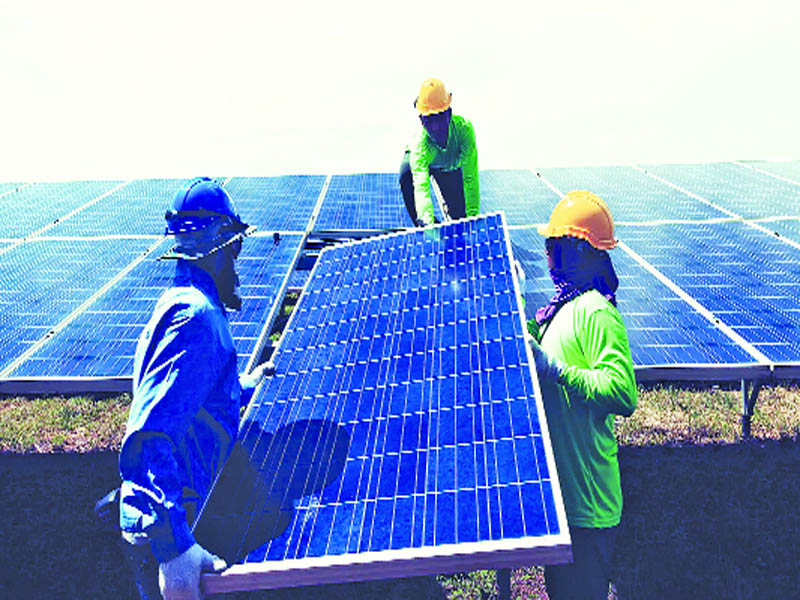The PLI scheme is a big step towards making India energy independent
Electrification is an essential lever for India to grow. For electrification to be aligned with the net-zero target, renewable energy development is an absolute must. Renewable energy production requires equipment like solar modules, wind turbines etc. Talking about solar energy, currently, there is 38 GW of manufacturing capacity of solar modules in India, but the upstream products are largely missing from the Indian territory. This renders the Indian solar module manufacturers exposed to the vagaries of foreign suppliers for the ancillary and upstream materials viz. solar cells, wafers, polysilicon etc., in turn making Indian solar modules uncompetitive.
Therefore, the need is to develop a full-blown solar manufacturing ecosystem in India. For this, the Government of India came up with the Production Linked Incentive (PLI) scheme where the bidders were required to bid based on the extent of integration, technology, and local sourcing. The PLI – tranche 1 of INR 4500 cr. was concluded in 2021 with a total winning capacity of ~ 9 GW, while the PLI – tranche 2 of INR 19500 cr. is recently concluded with a winning capacity of ~ 40 GW.
In the recent PLI- tranche 2 bid, a bidder was supposed to quote the extent of integration, manufacturing capacity to be installed, efficiency & temperature co-efficient of the module and local value addition to be achieved each year. Also, sales volume is a factor in the PLI subsidy calculation. So, the bidder is expected to sell the solar modules of the committed technology while maintaining the local value addition. In case, during bidding, a bidder gets over-optimistic in technology to grasp a higher PLI amount, it may act against the bidder when it comes to selling the modules, for the said module might be expensive thereby facing limited offtake.
Against this, if a bidder quotes a technology, which becomes obsolete at the time of selling the modules, the bidder is expected to face pushback from the customers. So, the government has left it to the industry’s prudence to decide on the module technology. The same goes for local value addition. PLI scheme has mandated a trajectory of % local value addition on a y-o-y basis. E.g., in the “Cell + Module†category, starts with a minimum of 50% in the first year and goes to 75% in the 5th year. If we look at the current scenario, most of the cost-sensitive raw materials viz. wafers, silver paste, module BOM etc. are imported. This leaves the local value addition to 35% - 40%. Given this, it is up to the industry to develop the ancillary capacities and make the scheme a success. The PLI indirectly addresses the ancillary development in India. Overall, the scheme’s success would position India more strongly in its energy supply chain while minimizing India’s import bill.
Moreover, once an industry’s ecosystem is developed, it cross-pollinates with other industries. With a big downstream capacity announcement, every related industry smells the opportunity. Currently, process equipment and robotics manufacturing is completely missing from the ecosystem. This may lay a foundation for that.
The PLI scheme brings a new life to the solar manufacturing landscape of India and prompts the industry to choose what’s best for it. It directly addresses the need for home production of solar modules and is a big step towards making India independent in terms of Energy. Besides this, the benefits associated with installing a technology manufacturing sector come with a big bonus. There are examples in manufacturing history when the development of a manufacturing ecosystem brought in development in other industries. This provides a multiplier effect to the Indian economy and helps boost the GDP growth, making India truly an “Atmanirbhar Bharatâ€.
(The writer is General Manager- Strategic Initiatives, Amp Energy India)


























